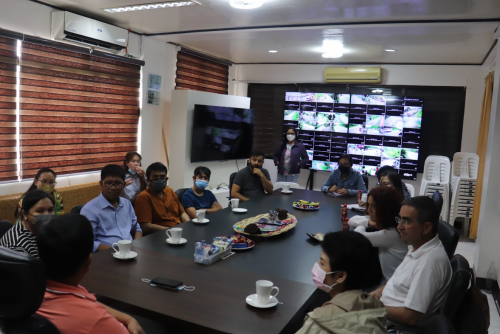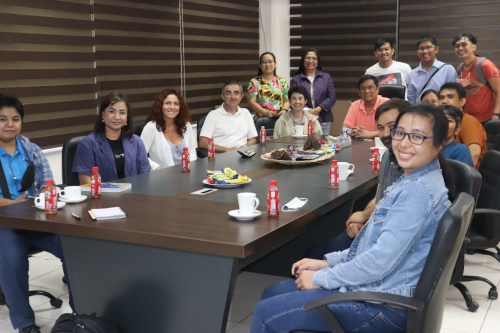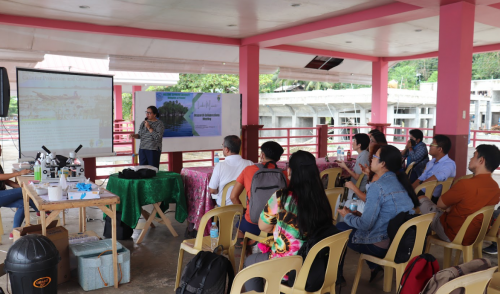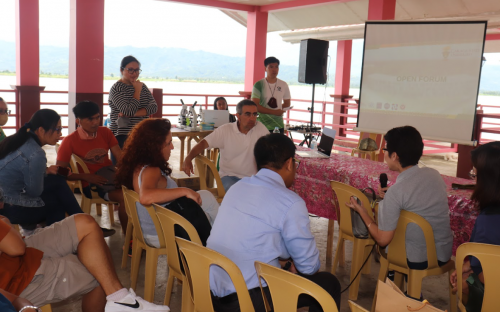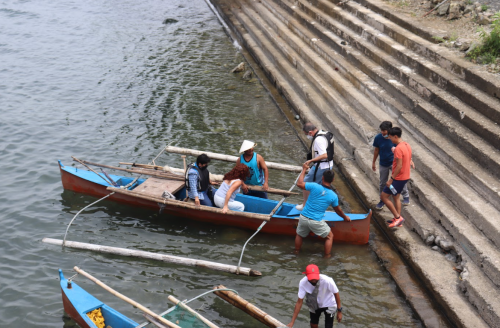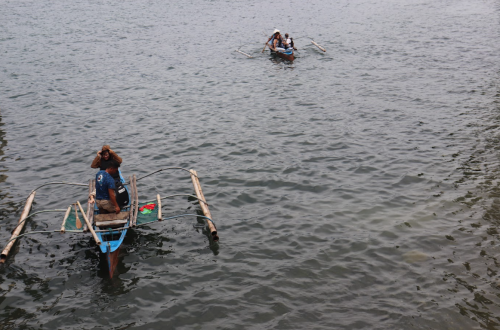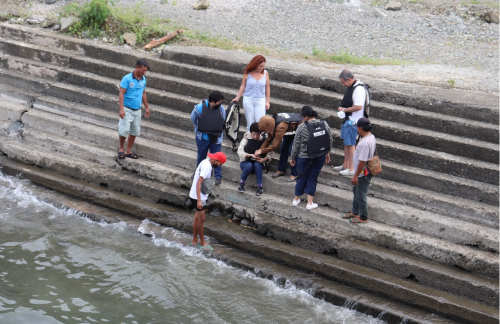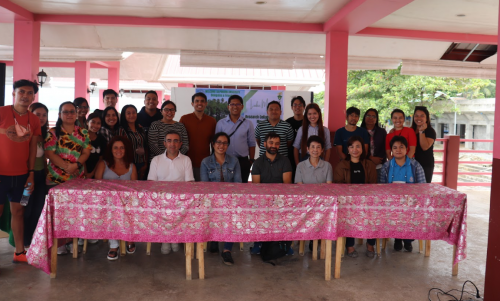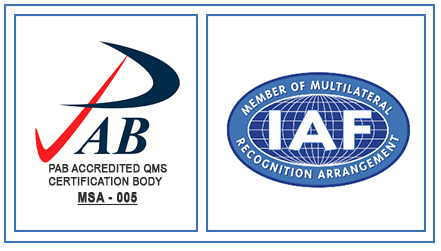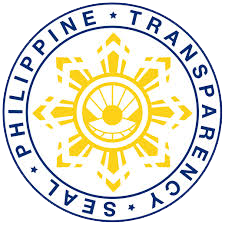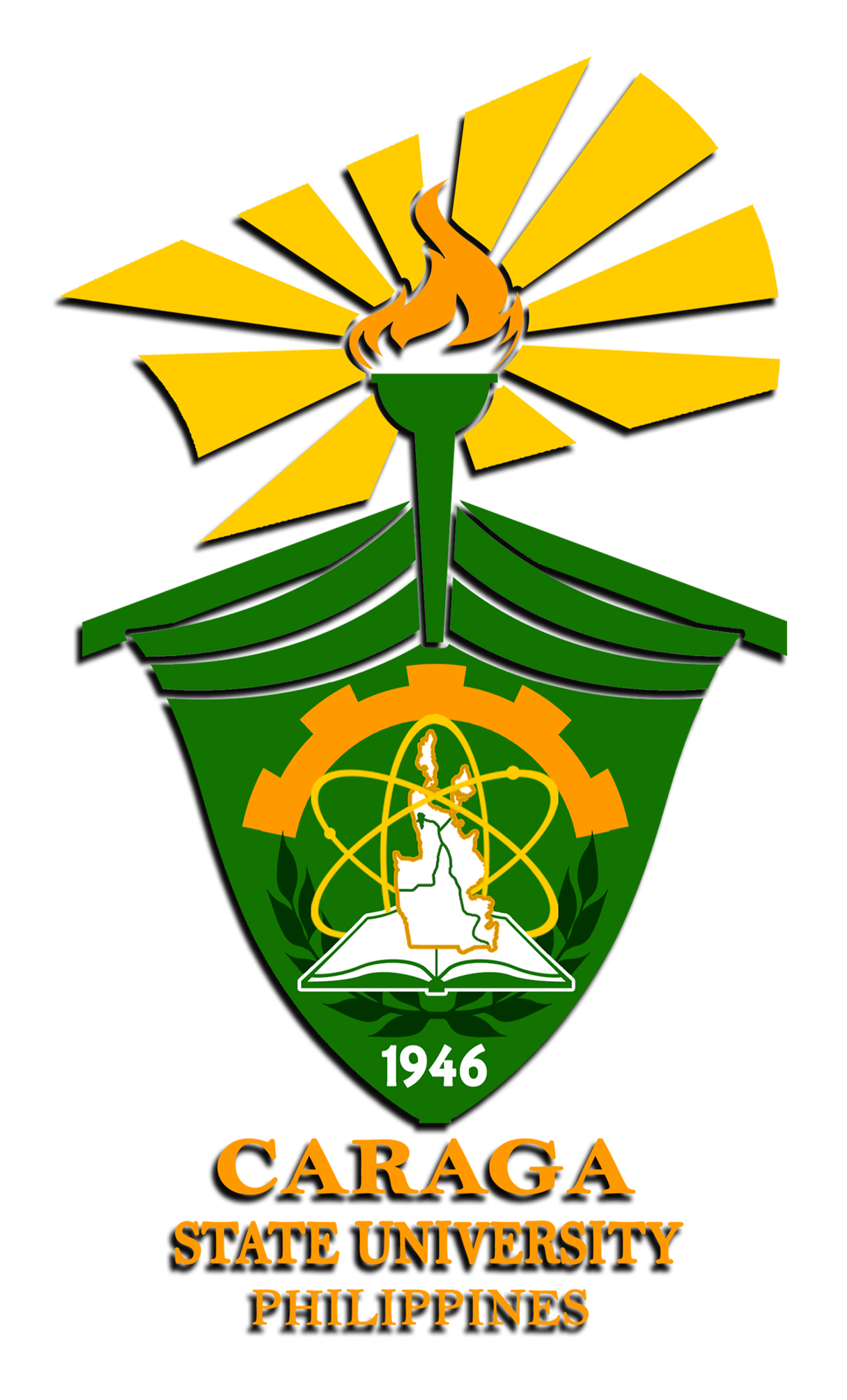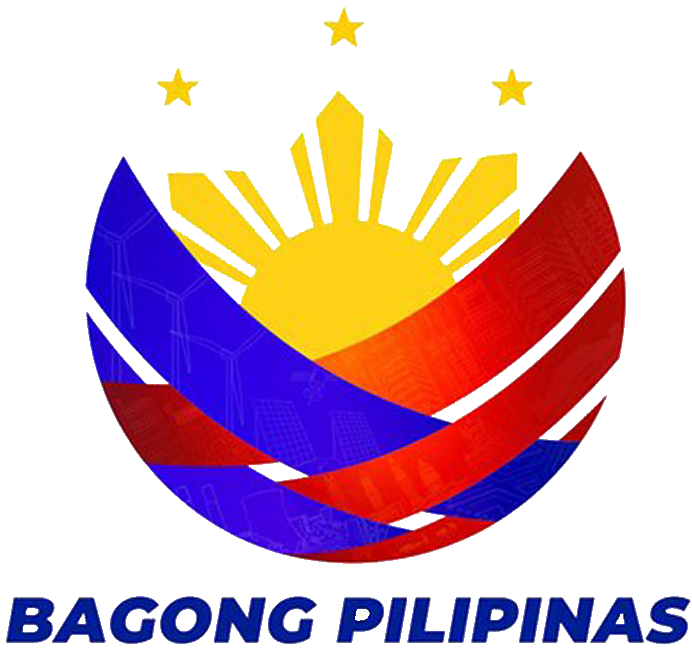News and Events
CSU and Silpakorn University Jumpstart Research Collaboration with Jabonga LGU
Following the initial meeting at the Kinaadman Hall last August 22, 2022, the CSU-Biology organized a research meeting and courtesy visit to the LGU Jabonga Mayor Napoleon Montero to jumpstart research collaboration prospects with colleagues from Silpakorn University on August 23, 2022. The activity was attended by the faculty from the Department of Biology and Department of Environmental Science, representatives from LGU Jabonga, colleagues from the Université de Picardie Jules Verne, and other participants from the Centre International de Mathématiques Pures et Appliquées (CIMPA). Select thesis students and former BS Biology students interested in pursuing graduate studies in parasitology were also invited. Funding for the activity was provided by the Office of the College of Mathematics and Natural Sciences (CMNS) and the Office of the Vice President for Academic Affairs
The CSU Department of Biology faculty and the foreign delegates discussed future research collaborations with to help address some environmental concerns in Jabonga, particularly on lake water quality assessment and on schistosomiasis. Jabonga Mayor, Dr. Napoleon Montero, a medical doctor expressed his appreciation for the initiative.
CSU’s Office of Internationalization and Global Engagement (OIGE) Director, Dr. Jayrold Arcede explained that collaborative research prospects are being discussed to consider the mathematical, ecological, and biological perspectives to address specific research issues in lake Mainit through the activity.
Dr. Joycelyn Jumawan from the Department of Biology presented a summary of CSU’s most recent research undertakings in Lake Mainit, especially on establishing a Key Biodiversity Area (KBA), insights on the status of the terrestrial and aquatic flora and fauna, and the issue of schistosomiasis. Active discussions and sharing of perspectives from CSU, Silpakorn U, and other CIMPA colleagues about possible problems and gaps to pursue in future research.
Dr. Krailas, a senior biologist from the Silpakorn University, discussed insights as to some snail species harboring parasites similar to those found in Lake Mainit. He noted that they could learn from the lake Mainit situation as schistosomiasis is not a persistent problem in Thailand. Other foreign colleagues also discussed best practices for managing schistosomiasis in their countries. The group went on a boat ride to see the overall picture of the lake for immersion and assimilation.
Ms. Ruby Paylangco and Dr. Joyce Jumawan, faculty from the Biology department, facilitated an on-site demonstration of snail identification and parasite isolation from snails. The demonstration was further supplemented by insights from Dr. Krailas and Dr. Dekruksa, also experts in snail parasites. This setting paved the way for a fruitful exchange of ideas on improving protocols for parasite identification, efficient shedding of cercaria, and other prospects to address research gaps. Prospect research collaborations were also discussed.
The observers appreciated the discussions, especially the faculty from the department of Biology and the theses students with similar research interests who were grateful for the exposure with experts in the field of snail-cercaria studies. JCJ/pico
Admissions
Registrar
Guidance
Office of the President
Public Information and Communication Office
Course Particulars
College of Engineering and Geo-Sciences
College of Agricultural and Agri-Industries
College of Mathematics and Natural Sciences
College of Forestry and Environmental Sciences
College of Computing and Information Sciences
College of Education
Philippine Standard Time
Transparency Seal
Design by ICT Center.

